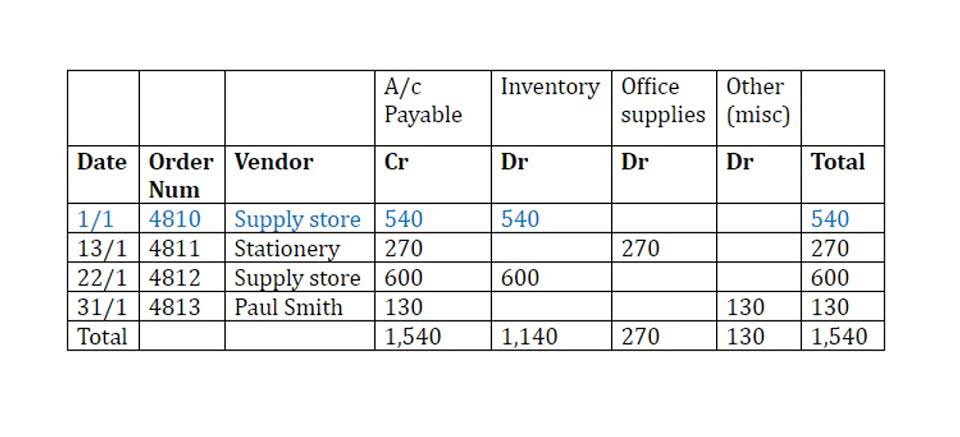Understanding Nonprofit Accounting Standards Sage Advice US

Search software that offers automated compliance reminders, including built-in alerts for crucial filing dates, such as IRS Form 990 and state-specific reports. Failing to closely track expenses leads to overspending, cash flow issues, or potential disruptions to your nonprofit operations. If you’re handling the accounting for a nonprofit with multiple entities or related organizations, you know how quickly things can get complicated.
Lease Management
This guide breaks down key nonprofit accounting principles in plain language, helping you navigate financial reporting requirements with confidence. This vast number underscores the critical need for standardized accounting Certified Public Accountant practices. Implementing GAAP for nonprofits ensures compliance and significantly enhances trust with donors, stakeholders, and the public. Maintaining financial transparency in non-profit organizations is crucial in the dynamic landscape of nonprofit organizations. According to the IRS, 1,365,744 nonprofit charitable organizations were recognized in 2019, with 304,231 filing Forms 990 and 990-EZ for that tax year. The Generally Accepted Accounting Principles—commonly known as GAAP—are a set of agreed-upon accounting standards that provide a framework for recording and reporting financial information.

Importance of internal controls in non-profits
- For multi-year grants, revenue may be recognized over the term of the grant as barriers are surpassed and value is commensurate with costs incurred.
- Donor-imposed restrictions, however, affect the purpose or timing of expenditure rather than determining if revenue should be recognized.
- Transparent and accurate reporting fosters trust and helps donors and stakeholders understand how overhead investments contribute to your organization’s mission.
- For instance, IRS Form 990 mandates detailed reporting of functional expenses, making accurate records essential.
- Temporary restrictions are tied to specific purposes or timeframes, while permanent restrictions, often related to endowments, require maintaining the principal in perpetuity.
Opt for a cloud accounting solution that includes built-in tools for real estate cash flow tracking donations, pledges, and grants seamlessly. Software with integrated fundraising capabilities is ideal to enhance donor management. Customizable reports make tracking and visualizing your nonprofit’s financial health easier. Also known as a balance sheet, the statement of financial position provides a snapshot of your organization’s assets, liabilities, and net assets at a specific point in time. Two key pillars of nonprofit accounting standards are Generally Accepted Principles (GAAP) and the Financial Accounting Standards Board (FASB). If you’re managing the accounting for a nonprofit, you already know how crucial it is to stay accountable to your supporters and donors.

What is the accounting system for a non profit organization?

Furthermore, they have a responsibility to demonstrate that they manage funds effectively and ethically. The Statement of Financial Position provides an overview of the organization’s assets, GAAP for Nonprofits liabilities, and net assets at a particular point in time. For nonprofits, net assets are categorized as either with donor restrictions or without donor restrictions—a critical distinction that affects how funds can be used. Non-profits must accurately recognize grant revenue, adhering to precise accounting principles. The timing and classification of grants, be they conditional or unconditional, are pivotal in reflecting true financial health. Below are 3 online resources for understanding GAAP for nonprofits and how to ensure your organization is utilizing these accounting principles in reporting.

Nonprofits must also be careful to record and report the valuation of specific employee benefits, which can count as taxable income if not reported properly. “A nonprofit’s UBTI includes any qualified transportation fringe benefits and on-premises athletic facilities provided to employees,” Treppa noted. Hiring a bookkeeper or other professional ensures that someone with training and experience always pays attention to the accounts and may notice something an untrained employee would miss. For example, many organizations meet the requirements that release temporarily restricted funds but don’t realize it because no one keeps track. If you have a nonprofit organization, working toward making the world a better place is likely your top priority.
- All public companies in the U.S. must follow GAAP, and private companies generally do as well.
- Moss Adams LLP and its affiliates assume no obligation to provide notification of changes in tax laws or other factors that could affect the information provided.
- Unlock the full potential of your nonprofit organization with our professional accounting software training team from Capital Business Solutions.
- They also help the government monitor whether an organization should retain its tax-exempt status.
- Financial Accounting Standards Board (FASB) issues specific GAAP guidelines tailored to nonprofits’ unique needs.
- Some key indicators to analyze in nonprofit financial statements include the current ratio, fundraising efficiency ratio, and program expense ratio.
- Nonprofits aren’t legally required to follow GAAP since these are guidelines and principles rather than laws.
Best Practices for Nonprofit Financial Reporting

Complying with accounting standards is critical to ensure your nonprofit’s credibility, sustainability, and stability. But this can be hard, especially if you don’t have requisite accounting experience. Non-profits should make operating reserves a priority in their long-range strategic plan and annual budgets.

